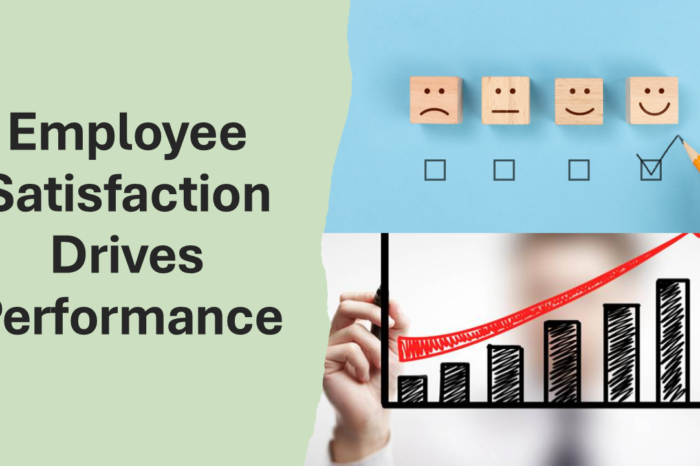Customer Satisfaction vs Inventory Management
There are three functional responsibilities that are critical to the survival, and growth, of all distributors. They are business development (need more sales!), effective inventory management and collections (inferring that credit is provided). To achieve this companies need to be responsive to customers. A happy / satisfied customer represents the potential to be a repeat customer … and hence profitable, but a “satisfaction goal” is not always profitable.
At times “systems” (yes, ERP systems) can generate the “law of unintended consequences”. This is when logic (yes humans) need to be involved.
Recently we were talking with Dick Friedman, an inventory expert with significant experience in the industrial and construction trades about customer satisfaction and how this interacts with the operational side of the business and can either support, or harm, business development. Dick shared this story about inventory oddities:
There was a comical story on National Public Radio recently, which went something like this. A flight arrives at its destination two hours late. Upon disembarking, 100 of the passengers get together and agree to each email the airline a note thanking it for being two hours late. Over the next several weeks, the collaborators do exactly that, but only a few send an email on any given day. The airline’s super-smart software (consider this an ERP system) detects customer desires by reading emails and discerning the meaning. After a few weeks of analyzing emails, the software sends a message to flight operations suggesting that the flight number in question be scheduled to always arrive two hours late!
In the world of inventory management, seldom are there malicious actions that impact inventory levels, but there are unusual situations that cause inventory and other problems. Here is one.
Don’t Disappoint A Customer
A customer calls and wants product A right now, but the electrical distributor is out of stock and not due to get any A for a few days. So the customer service rep offers to sell product B, a very slow moving expensive product that is a compatible, higher grade product and is in stock, at the same price as A. The rep keys in the product code for B, and the sale is made, but at a loss for the distributor. The next day, the same substitution occurs; B is sold, even though the customer wanted A. B is substituted for A a few more times during the next two weeks, and then A comes in. (ET comment – this becomes the challenge … satisfy the customer at a financial loss.)
The distributor’s ERP system detects that the quantity on hand for B has reached its “trigger” point, and recommends ordering more; it is selling frequently and in volume. The system ignores A because there has been no demand that could trigger a suggested purchase of A, and it is already on PO back-order. B is purchased. Then someone notices that every sale of B is at a loss, and discusses the situation with the service reps. (ET comment – hopefully you have reports to notice this as well as are looking at price override reports regularly.) But what can the reps do until product A is received in? Continue selling B.
The technical way to avoid this situation is to use ERP software that allows order entry personnel to enter the product code for product A, but then cancel it and enter a code that indicates a substitution; then enter the product code for B, the substitute. (ET comment – and maybe ask the customer if they can “wait till tomorrow” and look in the system to transfer the product from another location. If the customer ordered it online, they would have to wait. Are they willing to go somewhere else?) The ERP system would then use data for B in sales reports, but use only data for A in determining when and how much to buy. Absent such sophistication in an ERP system, the alert of this problem is a daily report listing products that were sold for less than the target gross margin; data for products sold at a loss would appear at the top of the report. (ET – question, does your ERP system have this functionality for you?)
For 40+ years Dick Friedman has been an inventory management expert working with electrical distributors to improve inventory performance to ensure distributors avoid losing sales and customers, while increasing profits. Call him 847 256-1410 for a FREE consultation, or visit www.GenBusCon.com.
So, questions to consider are:
- How satisfied are your customers? (and if you don’t know, perhaps ask about our Customer Satisfaction Assessment Tool)
- How much are you willing to invest to ensure customer satisfaction?
The definition of investment comes down to
- The amount of inventory you’re willing to invest in (and then do you have the right systems to generate the right number of turns (and these systems relate to sales, marketing, purchasing, inventory management and “return management”)
- Inventory controls (ERP systems, human reviews, goal setting, RGA calendaring, etc)
- Reviewing inventory information (answering, what are we selling!)
And which is more important to know … customer satisfaction or inventory management? Does your team know and know when to make the “right” call that benefits your company?























